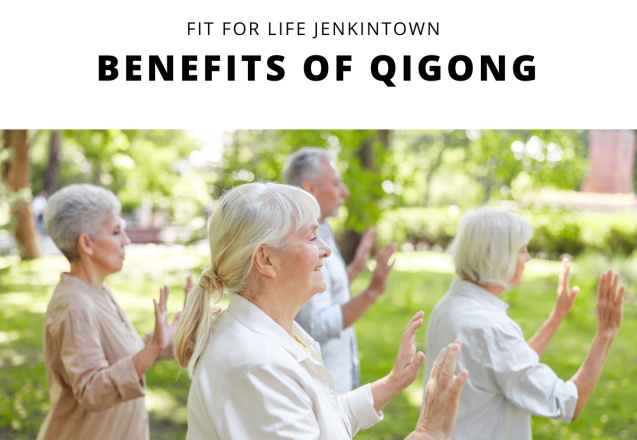
Achieving balance in fitness is essential for our overall health and well-being. It can be challenging to find the right balance between exercise, nutrition, rest, and recovery, but doing so is crucial to reaching our fitness goals and maintaining good health.
To achieve balance in fitness, we must first identify our fitness goals and priorities. This may involve setting specific targets for weight loss, muscle gain, or overall health and wellness. Once we have a clear understanding of our priorities, we can create a plan that will help us achieve those goals while also maintaining balance in our lives.
An effective fitness plan should include a combination of exercise, nutrition, and rest. This may involve setting aside time each day for physical activity, such as strength training, cardio, or yoga. It’s also important to fuel our bodies with healthy, nutrient-dense foods that support our fitness goals.
In addition to exercise and nutrition, rest and recovery are also crucial components of achieving balance in fitness. Rest days are essential for allowing our bodies to recover and rebuild after intense workouts. Getting enough sleep is also critical for our overall health and wellness.
It’s important to regularly evaluate our fitness goals and adjust our plan as necessary. This may involve increasing the intensity or duration of our workouts, adjusting our nutrition plan, or taking more rest days.
In conclusion, achieving balance in fitness requires a conscious effort to prioritize exercise, nutrition, rest, and recovery. By doing so, we can reach our fitness goals while also maintaining good health and overall well-being.
Reference: How to Create a Balanced Life: 9 Ways to Feel Calm and Grounded | What does it mean to live a balanced life? | 10 Simple Ways to Find Balance and Get Your Life Back






























